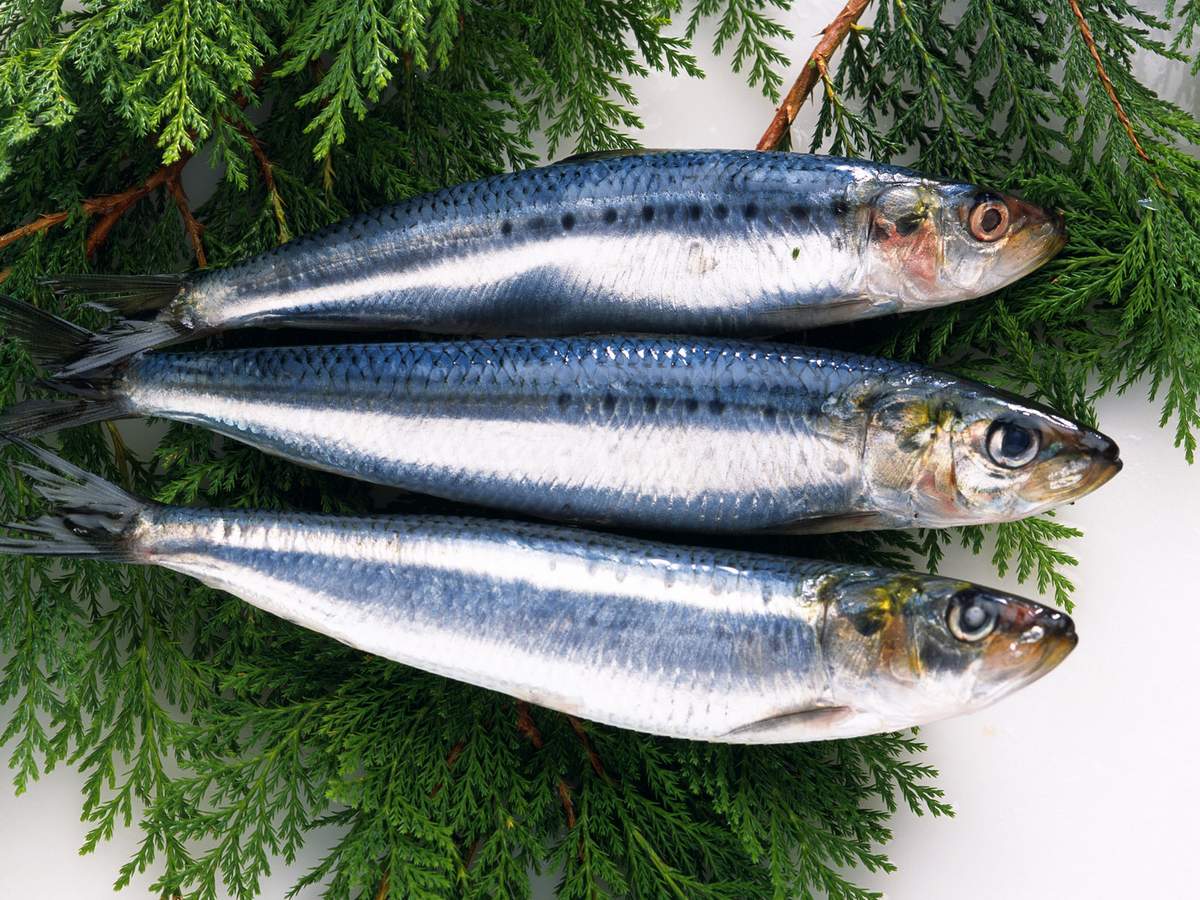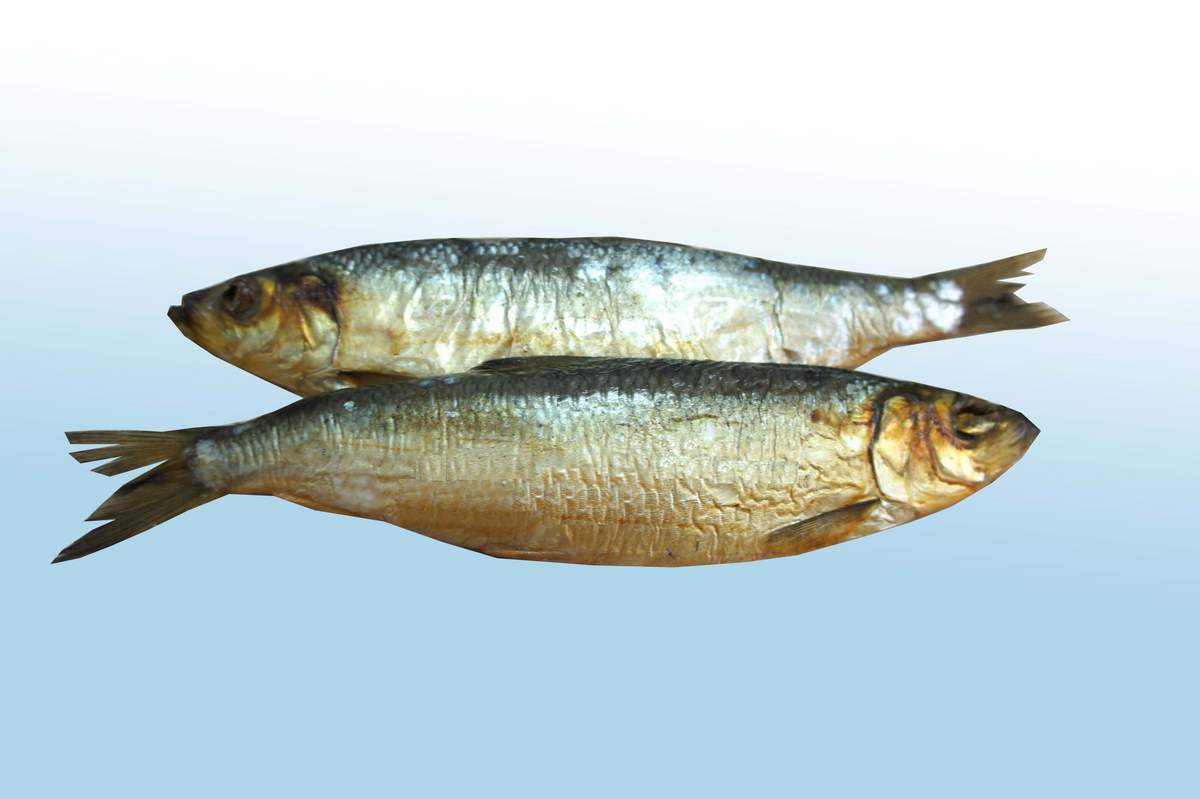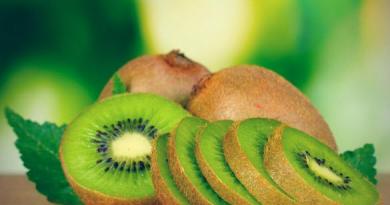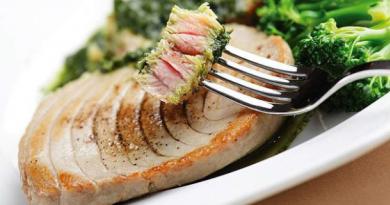Herring or herring has a body flattened from the sides, while the edge of the belly is jagged. Scales are most often medium or large in size, but in rare cases they can be small.
The lower jaw is pushed forward in relation to the upper. The mouth is small. If there are teeth, they are not strongly developed and drop out. The anadromous fin is medium in length, with about 80 rays. The dorsal fin is located above the ventral fin. The tail fin is forked.
The genus of herring includes more than 60 species. These fish live in the seas of the temperate and hot zones, and some species are found in the cold zone.
Some representatives of herring are transitional and spawn in rivers, while others are exclusively marine inhabitants and never swim in fresh water.
The herring diet consists of a variety of small animals, mostly small crustaceans. This is one of the most numerous genera. The herring plays an important role in the fishery. But some tropical species are poisonous due to their diet, so they should not be eaten.
Herring is an extremely useful fish for humans, it is not only used for food, but also for the manufacture of fertilizers. Some species are the most useful - real herring, sardines, sprat, shad, feint, Caspian and Black Sea herring, living in the seas of Europe and spawning in rivers, are most valued economically. Also valuable breeds include shad and mengaden, living in the rivers of North America. They began to breed shad artificially, and this gave significant results - today it was possible not only to reduce the decline in fishing on the Atlantic coast of North America, but also to propagate this species on the Pacific coast.
 Herring is a traditional fish of the festive table.
Herring is a traditional fish of the festive table. Herring is also an important part of the predatory fish food chain. In addition, herring is used as bait for catching more valuable fish species. The most important is the common herring.
The common herring differs from its closest relative, the sprat, in minor nuances, such as the number of teeth on the ventral edge, but in general these species are very similar. Between them there are a large number of intermediate forms. The largest sizes are Norwegian and Swedish herring, representatives of these species reach a length of 37-42 centimeters. The color of their back is steel with a bluish, green or golden tint, and the belly and sides are silvery. The caudal and dorsal fins are dark, while the rest are light.
 Herring is a valuable product for cooking around the world. Herring is salted, smoked, baked, etc.
Herring is a valuable product for cooking around the world. Herring is salted, smoked, baked, etc. The habitat of herring is the Atlantic Ocean, both off the North American and European coasts. In the north they live up to Greenland, and in the South - up to the Baltic Gulf. In the Baltic there lives a small variety of herring, which is called herring. Salaka is found in the Baltic Gulf and the White Sea, mainly near its southern and western shores.
Herring can have a variety of appearances, but the question of their varieties remains controversial. Most likely, these fish spend most of their lives at a considerable depth.
Every year in Europe, herring begins to be caught near the Scottish Isles in relatively shallow water, and then gradually move south. Herring spawning continues throughout the year. Fish spawn in different places. Most often, spawning occurs in two main places. In the Baltic Sea, spawning takes place in summer and autumn, while in the ocean it occurs before the onset of winter or at the end of winter. Large females spawn at great depths, while smaller ones, on the contrary, are closer to the shore and, as a rule, in less salty water.
During the spawning period, herring gathers in huge flocks. Sometimes the fish are so tightly packed in the school that the upper layers come out of the water. During this period, the water becomes cloudy, while an unpleasant odor spreads over a long distance.

A huge amount of fertilized caviar falls to the bottom. Caviar is attached to underwater objects or sticks together in lumps. The number of eggs can reach 20-40 thousand. In the Baltic herring, the caviar diameter varies within 0.9-1 mm, while in the oceanic herring, the caviar is slightly larger - 1-1.3 mm. The development of eggs usually lasts 2 weeks, but if the temperature is high, then the larvae appear after a few days.
Herring feed on small crustaceans, mainly copepods. But they also eat small fish. Studies show that the success of shore fishing depends on the temperature and salinity of the water, when these figures are high, large flocks of herring swim in such water.
If you find an error, please highlight a piece of text and click Ctrl+Enter.



